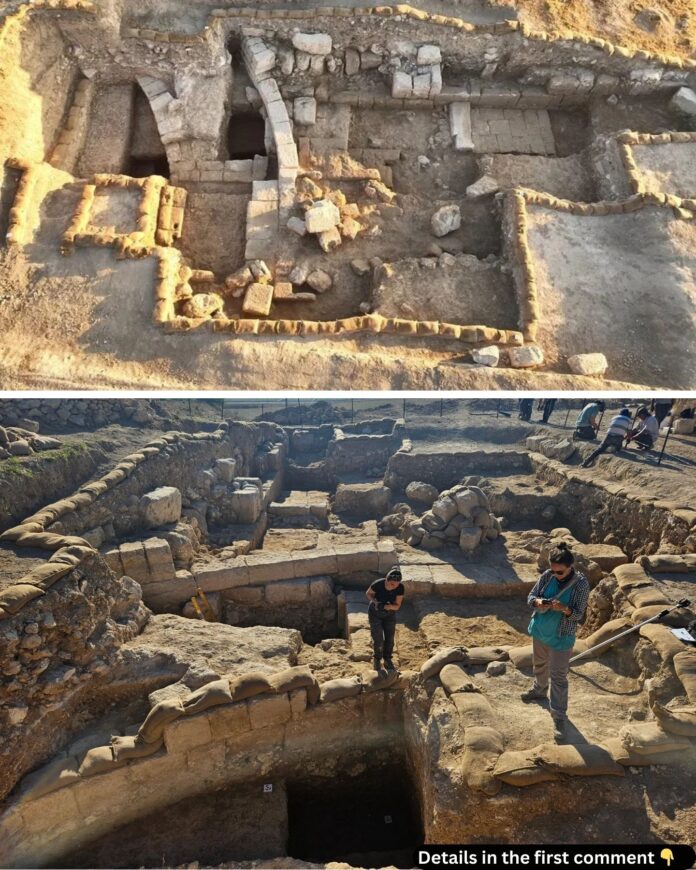An extraordinary archaeological discovery has brought to light a Roman military amphitheater with blood-red walls near the ancient site of Megiddo, famously referred to as Armageddon in the Christian Bible. Found at the Legio military base in Israel’s Jezreel Valley, this 1,800-year-old structure offers a rare glimpse into Roman military life and training. The excavation not only reveals the architectural ingenuity of the Roman Empire but also deepens our understanding of its military strategies and cultural practices.
Rediscovery of Legio: A Strategic Roman Base
Legio, a major Roman military base, played a pivotal role in the empire’s control over the region. Positioned near Megiddo, a site of historical and biblical significance, the base was strategically located at a critical intersection of trade and military routes. Constructed under Emperor Hadrian between 117 and 123 CE, it housed over 5,000 soldiers from Legion II Trajana and Legion VI Ferrata.
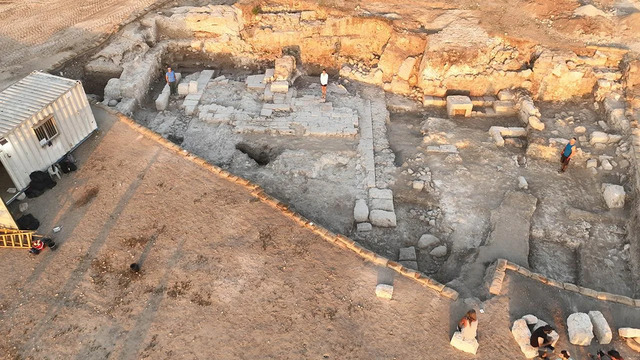
Though initially rediscovered in the late 1990s, systematic excavations began in 2010, uncovering significant structures like the Principia, the administrative and religious headquarters. Using ground-penetrating radar (GPR), archaeologists were able to map out the site and explore areas such as the amphitheater and the legionary cemetery outside the base’s walls.
Video
Step into the Colosseum, where blood met sand in ancient Rome – watch the video to explore the brutal history and unforgettable events that unfolded there!
The Amphitheater: A Training Ground Painted in Red
Unlike traditional Roman amphitheaters built for public spectacles, the amphitheater at Legio was uniquely designed for military combat training. Its walls, painted a striking blood-red, stand out as a rare and symbolic feature, possibly reflecting its intended purpose to prepare soldiers for the brutal realities of war.
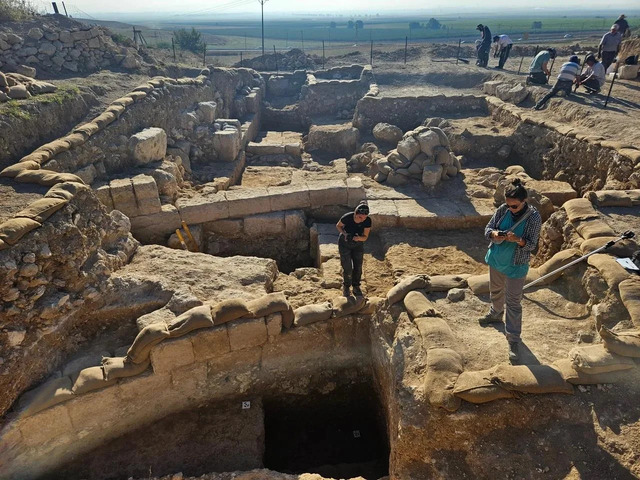
Excavations revealed two distinct phases of construction, indicating the structure’s evolving use over time. Additionally, evidence of cultic practices was found at the amphitheater’s gate, including numerous oil lamps associated with the worship of Nemesis, the Roman goddess of retribution. This connection highlights the interplay between religion and military life, as soldiers sought divine favor and protection in battle.
Uncovering the Lives of Roman Soldiers
The nearby legionary cemetery provided invaluable insights into the diverse composition of Roman forces stationed at Legio. DNA analysis of remains aims to determine whether these soldiers were locals or recruited from distant parts of the empire. Early findings suggest a multicultural makeup, reflecting the vast expanse and inclusivity of the Roman recruitment system.
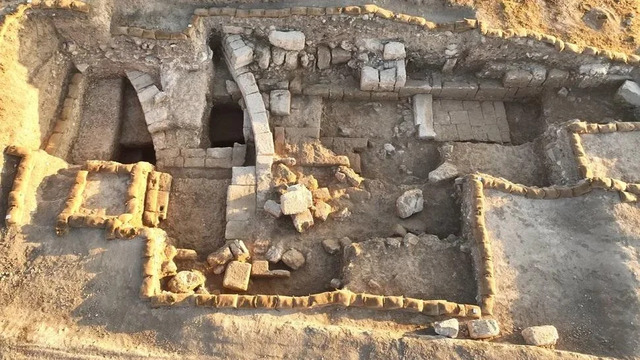
The cemetery’s artifacts, including burial goods and inscriptions, offer glimpses into the lives, origins, and beliefs of these legionaries. The presence of these soldiers, alongside the amphitheater, underscores the importance of Legio as a key military outpost in the region.
Legio’s Connection to Armageddon
The proximity of Legio to Tel Megiddo, identified in biblical texts as Armageddon, adds an intriguing layer of significance to the site. Historically, Megiddo was a crossroads of civilizations and a battlefield for numerous conflicts, lending credence to its apocalyptic associations. For the Romans, establishing a base in such a strategically vital area was a testament to their military foresight and determination to maintain control over Judea and its surroundings.
The historical and biblical narratives intertwine at Legio, making it not just an archaeological treasure but also a site of immense cultural and religious resonance.
The Role of Modern Archaeology
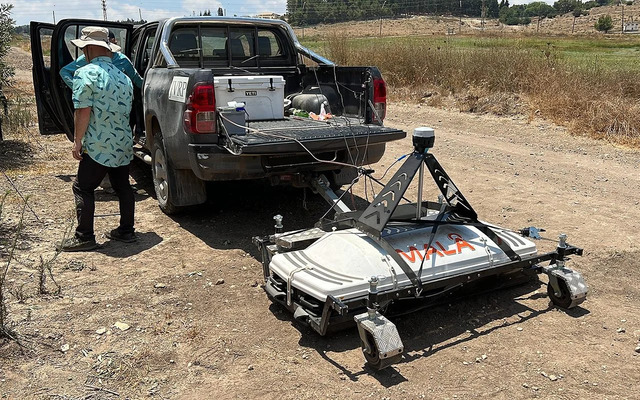
This groundbreaking discovery is a testament to the advancements in modern archaeology. The use of GPR allowed researchers to noninvasively map and analyze the site, preserving its integrity while uncovering its secrets. Collaborative efforts by the Jezreel Valley Regional Project, the Albright Institute, and other organizations were instrumental in bringing this excavation to fruition.
Moreover, the project received international support and funding, demonstrating the global significance of preserving and studying ancient sites like Legio. The findings from the amphitheater and surrounding areas will contribute to a deeper understanding of Roman history and its enduring legacy.
Conclusion
The discovery of the Roman military amphitheater at Legio is a remarkable milestone in the study of ancient history. With its blood-red walls, unique design, and connection to both Roman military practices and biblical narratives, the site offers unparalleled insights into a bygone era. As archaeologists continue to unearth its secrets, Legio stands as a testament to the complexity and grandeur of Roman civilization, bridging the past with the present in fascinating ways.
